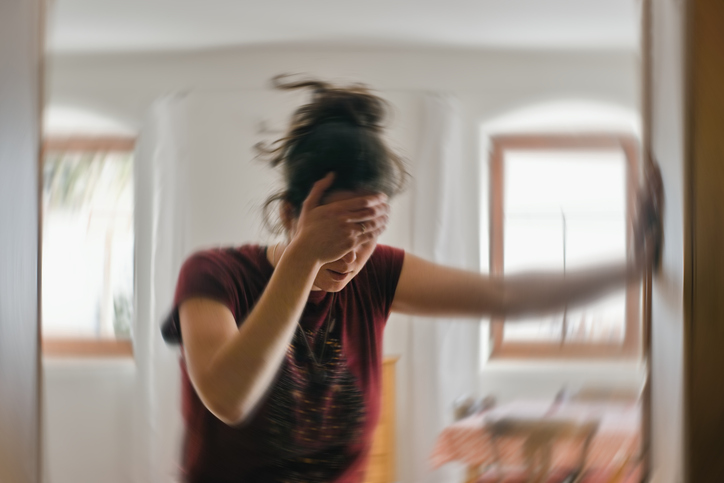
By Malorie VanWinkle, PA-C
Everyone gets dizzy now and then. Maybe you stood up too fast, skipped a meal, or didn’t drink enough water. How can you tell if it’s dizziness or vertigo, and if it’s something serious?
Dizziness is a sense of disorientation, feeling lightheaded or off-balance. Vertigo is the feeling that you or the room around you is spinning. If you ever have vertigo so bad that you can’t even stand up, go to the Emergency Department to rule out severe causes like a stroke.
There are four main causes for dizziness and vertigo:
Benign Paroxysmal Positional Vertigo (BPPV). BPPV happens when tiny crystals in your inner ear become dislodged. These crystals tell your brain if you're upright or upside down. When they move to the wrong place, your brain gets confused, and you may feel like you just stepped off a merry-go-round. Fortunately, BPPV is highly treatable with targeted head maneuvers. I often refer patients right away to a physical therapist who specializes in the maneuvers to get the crystals back into place.
Vestibular Migraine. Migraines don’t always mean headaches. About 3% of the population experiences vestibular migraines, with dizziness, vertigo, ear pressure, nausea, or even light sensitivity. I often see patients after pregnancy or during perimenopause, because hormonal changes can trigger these episodes. We discuss lifestyle adjustments, supplements, or physical therapy as treatment.
Vestibular Neuritis or Labyrinthitis. These conditions usually occur as a one-time event of really intense vertigo. They’re caused by inflammation of a nerve or of the inner ear itself. Symptoms can last a few days to a week. Any associated hearing changes should prompt an urgent evaluation. I typically treat my patients with a steroid medication to reduce that inflammation.
Age-Related Dizziness. Balance relies on input from the ears, eyes, muscles, joints, and brain. As we age, these systems weaken, leading to imbalance. We can use balance programs or strengthening exercises to help restore stability and reduce your risk of falling.
Dehydration also plays a role: By age 60 to 65, your body’s thirst receptors may decrease by 30%. So you might be dehydrated, but your brain isn’t telling you. Be sure to drink plenty of water. Aim for 15 cups for men and 11 cups for women each day, including water, coffee, tea, juice, fruits, and vegetables.
When to see a provider
See a provider if dizziness:
- is new
- doesn’t go away
- interferes with daily activities like working or driving
- is accompanied by hearing loss
A good place to start is your primary care provider, who will refer you to an Ear, Nose & Throat (ENT) specialist if needed.
At an ENT visit, expect a detailed history, review of medications, neurological exam, and a tailored plan that might include physical therapy, lifestyle adjustments, or imaging like an MRI. I work very closely with the physical therapy team, as a lot of dizziness disorders require medical treatment and physical therapy.
I tell my patients that dizziness isn’t always a simple diagnosis. It’s often a combination of factors, and may require a visit to a specialist to help get you back on solid ground.
Malorie VanWinkle, PA-C is an ENT specialist with expertise in vestibular disorders including dizziness and balance. Other special interests include migraines, sleep problems, and sinus issues. Appointments: (952) 469-0500
